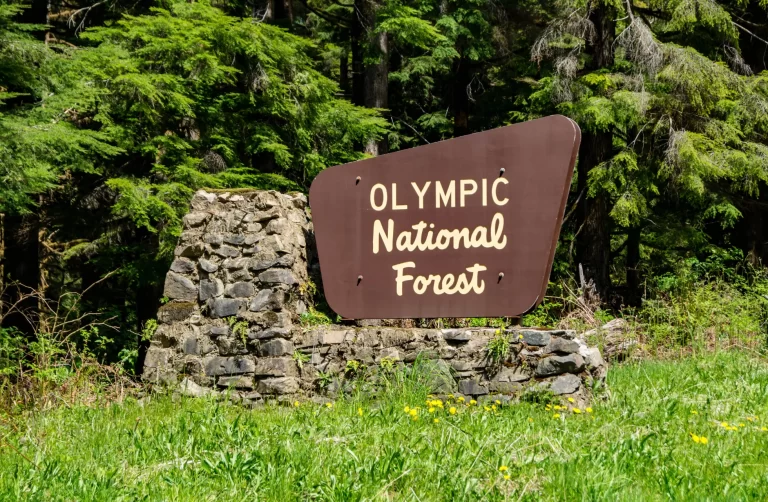Red Hill Haleakala: Nature’s Masterpiece in the Heart of Maui
At the base of Pu’u ‘Ula’ula is the parking lot for the summit of Haleakala Crater in Haleakala National Park on Maui. The name “Haleakala’s Red Hill” is a translation of the name given to it hundreds of years ago by the ancient Hawaiians. The Haleakala is Red Hill, which has a height of 10,023 feet. On Hawaii Island, only Mauna Kea soars higher into the sky.

More than 75% of the Hawaiian Island of Maui is made up of the large, active shield volcano known as Haleakalā (/ˊhɑ\li̊ɑ\kəˈlɑ\/; Hawaiian pronunciation: [ˈhɐlɛˈjɐkəˈlaː]). The West Maui Mountains, also known as Mauna Kahalawai, are another volcano that forms the western quarter of the island. With a height of 10,023 feet (3,055 meters). PuŻu ʻUlaŻula (Red Hill) is the highest peak of Haleakalā, often known as the “house of the sun.”
A vast depression that is roughly 11.25 km (6.99 mi) broad, 3.2 km (2.0 mi) wide. And almost 800 m (2,600 ft) deep can be seen below the peak. The interior is largely desolate, with a few scattered volcanic cones and steep surrounding walls.S o put your cross body travel bag your shoulder and get ready to meet new nature’s beauty.
Sence of Dawn of Red Hill Haleakala
The dawn viewing spot is the eastern flank of Pu’u ‘Ula’ula, where people congregate. Reservations are required to enter Haleakala National Park before 7:00 a.m. and may be made easily online. Before sunrise, rental cars and tour buses swarm the summit parking lot every morning. There’s a long, twisting two-lane road with hairpin curves and sheer vertical drop-offs to get there. Before making the drive, we at the HAT Blog advise having a cup of freshly roasted Maui coffee.
View of Haleakala Sunrise from “Red Hill,” or Pu’u ‘Ula’ula
Every morning, the top parking lot opens under the real shadow of Pu’u ‘Ula’ula, or Red Hill on Haleakala. Haleakala means “House of the Sun,” a short, moderate hike will take you around its base. And into the morning sun’s rays. In addition, there are numerous more hiking trails, several lodges. A large crater at the top of the national park.
When the sun rises, it becomes evident why Pu’u ‘Ula’ula is called Haleakala’s Red Hill. At the top, the scenery is dominated by rock cinders from ancient eruptions. It creating a beautiful crimson sea with breathtaking, dramatic vistas in all directions. On a clear day, the massive shadows of Pu’u ‘Ula’ula and Haleakala can be seen extending into the west around sunrise. It’s an extraordinary, one-of-a-kind, and modest experience.
The peaks of Hawaii Island’s Mauna Kea and Mauna Loa may be mostly seen to the southeast. According to an old native Hawaiian tradition, the demigod Maui lassoed the sun from the summit of Haleakala. He persuaded the sun to slow down its path across the sky to give his mother. The goddess Hina, more time to dry her unique kapa cloth in the sun.
Advice for travelers of Red Hill Haleakala
When visiting Red Hill at the top of Haleakala, there are a few key points to be aware of. First of all, winter can turn extremely cold. Snow dustings on occasion are not unusual. The UV light index can rise alarmingly high during this period.

Children, in particular, should bundle up in the morning and be ready to keep covered when the sun shines brightly all day. At 10,023 feet, you’re much closer to it! Make sure you pack lots of water because the air is dry and thin up there as well.
Numerous uncommon native plant and animal species, many of which are endangered, can be found on Haleakala. Observe them and maintain your distance. Additionally, Haleakala is a spiritual location. Numerous locations there are used for worship and ancient rites by Native Hawaiian practitioners. Honor the sanctity of the location and the dignity of the locals, for whom Haleakala represents more than just a picturesque vista.
Rangers of the National Park Service aren’t afraid to confront offensive or risky behavior. Locals aren’t either. At 10,023 feet at its highest point, the Red Hill Summit path at Haleakala National Park in Maui. Hawaii, is a simple 0.3-mile circle path that is also the highest point on the island.
Beautiful views of the whole west side of Maui, the Haleakala Observatory. And the Crater may be seen from this summit hike. Since there is less oxygen at 10,000 feet, walking can be challenging, so go slowly. You can use the Keonehe’ehe’e (Sliding Sands) Trail to help acclimate to the altitude if you plan to walk into the Crater through this route.
Night of Red Hill Haleakala
Because of its minimal light pollution and atmosphere, the Haleakala Summit is the fourth darkest site on Earth, making it an ideal location for Milky Way and other celestial object photography.
Located close to the peak, the Haleakala Observatory has been utilized for decades by the University of Hawaii and other institutions for astrophysical research.
Ahinahina
One of the few plants that thrive in the Haleakala desert and nowhere else on Earth is the unique species known as the Silversword. They only flower once and live to be at least 50 years old. Once they flower, they can release up to 50,000 seeds before dying and leaving behind a blade that resembles reflective silver.
It was once thought that these plants descended from a tarweed native to California that may have traveled to the island millions of years ago on the back of a bird. Currently an endangered species, plants can suffer significant damage from foot traffic on their roots. Even though many hikers are coming too close to the plants for photos, avoid them and stay on the trail.
Honoring the Land Red Hill Haleakala
Please stay on designated trails, take only photos, and leave footprints as many residents and native Hawaiians revere Hawaiian land. Honor the locals by leaving quickly and planning a backup trek if the parking lot fills up.
Entry fee to Haleakala National Park
Haleakala National Park admission fees are $25. The ticket you receive is valid for seven days (see the Haleakala National Park website), but if you intend to visit more national parks in the upcoming year, I strongly advise you to buy the $50 annual pass.







